Passive Cooling & Insulation: Techniques to Reduce AC Dependence

Energy efficiency and sustainability have increasingly become focal points in home design, particularly in the climate-conscious community of Fort Collins, CO. Passive cooling and improved insulation are critical in reducing reliance on air conditioning systems, causing significant energy savings and environmental benefits.
Ascend Construction specializes in state-of-the-art insulation solutions that effectively complement passive cooling techniques, enhancing the energy performance of homes. This article will explore these techniques, offering insights into how they can be implemented to maximize efficiency and comfort.
The Basics of Passive Cooling and Insulation
Contents
- The Basics of Passive Cooling and Insulation
- Key Techniques of Passive Cooling
- Insulation Strategies to Enhance Passive Cooling
- Complementary Technologies and Practices
- Benefits of Reducing Air Conditioner Dependence
- How Ascend Construction Can Help
- Conclusion
- Contact Ascend Construction for Premier Insulation Services in Fort Collins, Colorado

Passive cooling and insulation are essential strategies for enhancing energy efficiency and reducing reliance on active cooling systems in homes. Here’s all you need to know about it:
Understanding Passive Cooling
Passive cooling refers to techniques that cool buildings without mechanical devices. It harnesses natural environmental conditions—such as cool air, breezes, and the natural drop in temperature at night—to reduce indoor temperatures. This approach includes architectural design features like shade structures, reflective roofs, and strategic window placement that optimize natural ventilation and minimize heat gain, thus maintaining cooler indoor environments during hot periods.
The Role of Insulation
Insulation plays a crucial role in passive cooling by significantly reducing the heat that enters or escapes a building. Effective insulation is a barrier to heat flow, maintaining desired indoor temperatures with minimal energy expenditure. Insulation helps stabilize indoor climates and minimizes the need for mechanical HVAC systems by keeping the indoor space cooler in the summer and warmer in the winter.
There are different insulation materials, each with unique properties suited to other applications. Common materials include fiberglass, well-known for its thermal resistance and cost-effectiveness; cellulose, praised for its eco-friendliness and excellent air-blocking capabilities; and foam insulation, which provides superior air sealing and moisture resistance. Each material’s effectiveness is measured by its R-value, indicating its ability to resist heat flow—the higher the R-value, the better the insulation performance.
Discover how the right insulation can turn your home into a sanctuary of comfort. Contact Ascend Construction to schedule your appointment today!
Key Techniques of Passive Cooling
Several architectural techniques can be leveraged to enhance passive cooling without compromising building aesthetics or functionality.
Building Orientation and Design
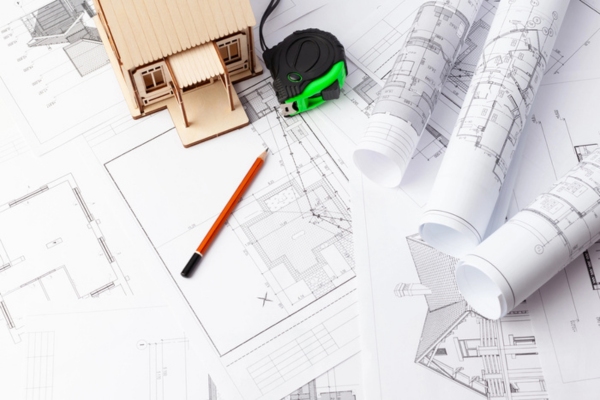
Building orientation is crucial in minimizing solar heat gain and enhancing passive cooling. Strategically positioning a building to leverage natural shading and prevailing winds can significantly reduce solar exposure during peak heat.
Effective design features include large overhangs that block direct sunlight, shaded areas like pergolas or trees that cool the air, and windows placed to maximize cross-ventilation and minimize direct sun exposure. These strategies help maintain cooler indoor environments and decrease dependence on air conditioning systems.
Looking to enhance your home’s insulation for comfort in every season? Contact Ascend Construction for a no-obligation consultation!
Thermal Mass
Thermal mass involves materials like concrete, brick, and stone absorbing and storing heat energy. These materials effectively soak up daytime heat, reducing indoor temperature increases and slowly releasing the heat at night, stabilizing the environment inside.
In building design, using thermal mass strategically enhances energy efficiency. For example, incorporating these materials in sunlit areas can absorb excess daytime heat, while avoiding them in shaded regions prevents unnecessary heat retention. This approach not only aids passive cooling but also contributes to heating during colder months, demonstrating its versatility in sustainable construction.
Ventilation Strategies
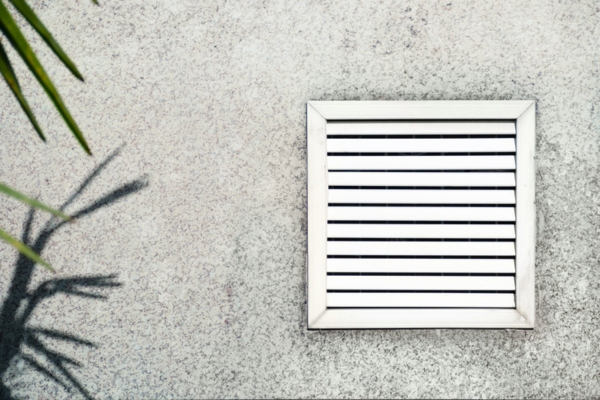
Proper ventilation is critical for maintaining a cool indoor environment without mechanical cooling. Cross-ventilation and stack ventilation efficiently utilize natural air movement. Cross-ventilation is achieved by placing windows and doors opposite each other to facilitate fresh air flow and cool spaces by expelling warm air. Stack ventilation employs the natural rise of warm air to draw cooler air in from lower openings, expelling warm air through higher vents or windows, thereby creating a continuous airflow.
Design elements that enhance these natural airflow mechanisms include strategically placed operable windows, vented skylights, and clerestory windows. Additionally, incorporating open floor plans and internal courtyards can promote better air circulation, further optimizing the cooling effect of natural ventilation.
Insulation Strategies to Enhance Passive Cooling
Effective insulation is integral to bolstering passive cooling by managing heat flow in and out of buildings.
Insulation Materials
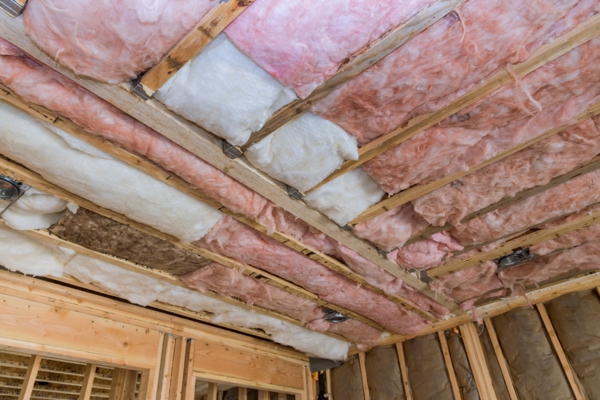
Different insulation materials offer specific benefits for enhancing passive cooling:
- Reflective (Radiant) Barriers: These materials reflect rather than absorb radiant heat, significantly reducing solar heat gain. Radiant barriers enhance cooling efficiency and lower energy costs, and they are particularly effective in attics.
- Fiberglass: Known for trapping air, fiberglass slows heat and cold transfer, making it ideal for insulating walls, attics, and floors due to its versatility and cost-effectiveness.
- Cellulose: An eco-friendly option made from recycled paper, cellulose blocks airflow and boasts high thermal performance, effectively preventing heat transfer through ceilings and walls.
- Foam Insulation: Available in spray and rigid board forms, foam insulation excels in air sealing, minimizing air leaks and heat intrusion, and is suitable for new builds and renovations.
Explore custom insulation solutions designed for your unique home needs. Contact Ascend Construction and book your complimentary consultation today!
Insulation Techniques
It is essential to insulate key areas of a home where heat transfer is most significant to maximize cooling. Attics should be a priority, as they are often the primary source of heat gain from the roof. Insulating walls is equally crucial, especially exterior walls that face the sun. Floors over unconditioned spaces, like garages or crawl spaces, and foundations, including basements, should also be insulated to prevent ground heat from entering the living spaces. Effective insulation in these areas ensures a more stable indoor temperature and reduces the burden on cooling systems.
Complementary Technologies and Practices
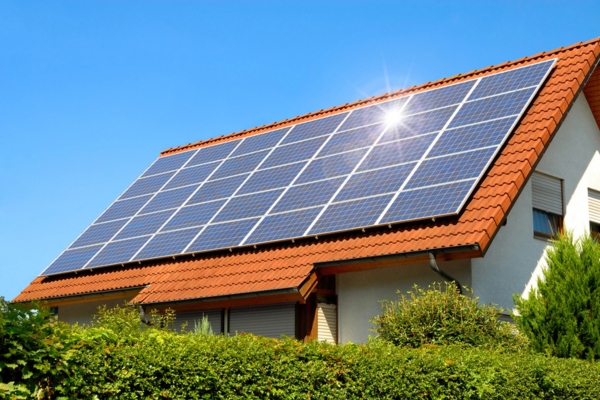
Integrating passive solar design elements greatly enhances passive cooling. These include energy-efficient windows and doors that reduce heat gain while allowing natural light, decreasing the reliance on artificial lighting. Materials with high thermal mass in floors and walls help absorb daytime heat and release it during cooler evenings.
Landscaping also supports passive cooling. Strategic placement of trees and vegetation shades buildings and cools the air. For example, deciduous trees on the south and west block summer sun but allow winter sunlight, while vines and shrubs further moderate local temperatures, optimizing overall cooling.
Benefits of Reducing Air Conditioner Dependence
Reducing reliance on air conditioning offers significant cost savings on energy bills and enhances indoor comfort by maintaining more stable temperatures without the fluctuations associated with AC systems.
Furthermore, minimizing AC use contributes to environmental sustainability, lowering carbon emissions and promoting a smaller carbon footprint. By adopting passive cooling and insulation techniques, homeowners can achieve a more comfortable and consistent indoor climate while actively supporting global environmental preservation efforts.
How Ascend Construction Can Help
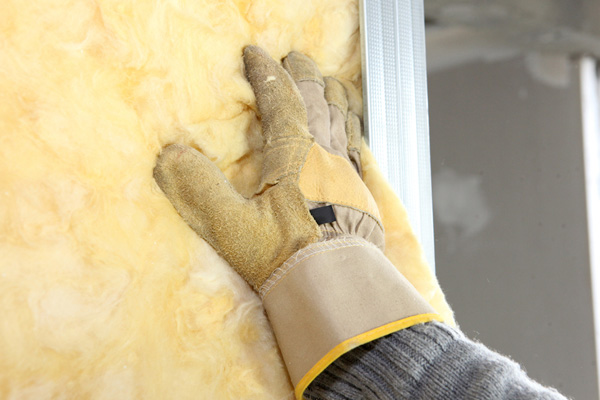
Ascend Construction specializes in providing tailored insulation and passive cooling solutions for various types of homes, ensuring each design is optimized for energy efficiency and comfort. With their expertise, Ascend offers comprehensive consultation and assessment services that help homeowners understand and implement the most effective strategies for their needs.
Whether upgrading existing homes or constructing new builds, Ascend Construction can significantly enhance a home’s passive cooling capabilities, delivering custom solutions that align with sustainability goals and personal preferences.
Conclusion
Passive cooling and effective insulation are critical for enhancing home energy efficiency and comfort. These techniques reduce reliance on air conditioning and contribute to a more sustainable living environment. If you want to integrate these energy-saving strategies into your home, consider contacting Ascend Construction. Contact us for a personalized assessment and to discover how our solutions can be designed to meet your specific needs, ensuring your home remains relaxed, comfortable, and environmentally friendly.
Contact Ascend Construction for Premier Insulation Services in Fort Collins, Colorado
Given the significant variations in quality and cost in the market, when choosing a provider for air sealing and insulation upgrades, select one that combines professional expertise with competitive pricing. Ascend Construction excels as a leading choice, providing various services such as insulation removal and installation, air sealing, energy conservation measures, energy audits, and whole-house fan installations.
Opt for Ascend Construction for unmatched service that meets and exceeds your expectations, establishing a new benchmark for excellence in the industry. Trust us to provide exceptional service that not only meets but surpasses expectations, establishing a benchmark for excellence!

Contact Ascend Construction for a free consultation today. We can provide you with practical solutions to address the problem areas in your Fort Collins home. All of our services are affordable, and our work is guaranteed. Click here to contact us, or click the button below to give Ascend Construction a call. We offer free, no-obligation, in-home consultations.
Ascend Construction
4115 County Road 19
Fort Collins, CO, 80524
(970) 420-5495
Related Articles:
- How Insulation Enhances Solar Panel Efficiency: A Synergistic Approach to Green Living
- Fitness-Friendly Insulation: Crafting The Perfect Climate For Your Home Gym
- Blockbuster Comfort: Insulating Your Home Theater for the Ultimate Viewing Experience
- The Ultimate Guide to Insulating Your She Shed for Year-Round Comfort
- Cool Roofs & Insulation: A Dynamic Duo For Beating The Heat